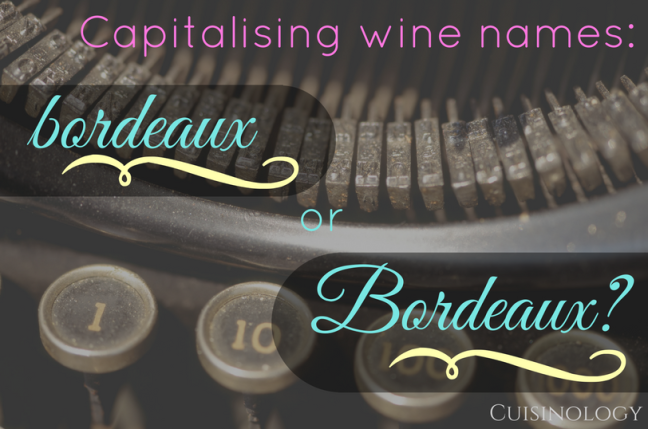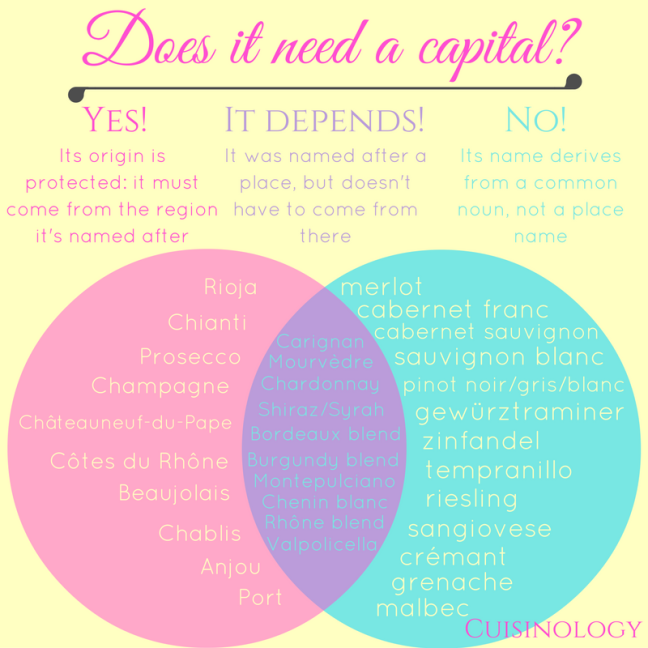A few years ago at a bar in Sarajevo, a glass of white wine was served to me in an unwashed glass that had previously contained red wine. When I pointed out the discolouration at the bottom of the glass, the surly bartender merely shrugged and said “rosé”. Now, I may not have known quite as much about wine back then as I do now, but something told me that this was not the traditional method of rosé production. Fast forward to yesterday, when I was working on a short translation on the three actual methods of producing this not-quite-white, not-quite-red wine. In their own way, all of these methods lie somewhere in between the principles of red wine production and white wine production: let’s see how.

The most common method for still rosé wines is maceration. These rosés are made from red wine grapes such as pinot noir, grenache or zinfandel, which have red skins and white flesh. If they were to be made into red wine, these grapes would be crushed and then left to macerate with their skins and seeds for several days or up to several weeks, giving the wine a dark red colour and tannic flavour. If they were to be made into white wine (yes, red grapes can produce white wine!), the juice would be extracted very gently and immediately separated from the skins to prevent any pigment from transferring to the juice. For rosé, the process is somewhere in between: the grape juice is left in contact with the red skins for a short time, in many cases for a matter of hours, giving it just a slight blush of red and a less tannic flavour that’s much closer to white wine than red.

So the maceration method can be described as a kind of red wine production ‘lite’, and in many ways the saignée method or “bleeding off” is very similar. Saignée can be used in various ways and for various reasons, but here we’ll discuss its use in rosé production. It begins with a vat of grapes destined for red wine production, but some of the juice is siphoned or “bled” off prematurely from the bottom of the vat while the rest is left to macerate longer. So this method relies on the same physical principles as maceration, because the juice is, technically, macerated for a short time in the same way. However, from the winemaker’s and wine drinker’s perspective, these two types of rosé are very different. You see, rather than an attempt to produce an excellent rosé, the decision to bleed off some juice from the vat is usually a strategic decision in the production of the red wine left behind: it provides a higher skin-to-juice ratio, so the grape must will soak up more pigment and tannins, and the wine will be deeper, darker and bolder. This method is popular in regions that pride themselves on the intensity of their red wines, such as Napa and Sonoma. So while the rosé that’s been bled off is still sold and may still be very tasty, in many cases it hasn’t been designed with a beautifully-balanced rosé in mind, and is more of a by-product of red wine production. This is why many connoisseurs (not to mention dedicated rosé winemakers) consider it inferior to rosés that have been conceived and crafted as rosés from start to finish, although this is not unanimous and, like so much of winemaking, very much a matter of opinion.

Now, if I were to tell you that some rosés really are just red and white wines mixed together, you might think that those would be the least prestigious type of rosé of the three. And if they’re mixed together at the point of sale, for example in a dusty Bosnian bar, you might be right. But in fact, this is actually the most common method of producing rosé Champagne. The méthode traditionnelle that all Champagnes must follow involves a second fermentation in which yeast and sugar are added in the bottle to produce carbon dioxide. Before this second fermentation takes place, a small amount (generally 5-15%) of still red wine such as pinot noir is added to the still white wine. For example, Domaine Carneros’ Brut Rosé sparkling wine is composed of 41% pinot noir and 59% chardonnay, with “part of the pinot noir juice” being converted to red wine early in the winemaking process, while the remainder is separated from the skins immediately, so the wine stays white. What’s more, many white Champagnes also incorporate (or are made entirely from) the red grapes pinot noir and pinot meunier: the only difference is that none of the juices will macerate in their skins at all. So while the blending method is looked down upon in still rosés has even been prohibited in certain regions, it’s actually the preferred method in the production of sparkling rosés and can produce excellent results.
So any way you cut it, rosé wine does fall somewhere in between red and white wine, whether it’s by a short maceration as opposed to longer or no maceration, or, yes, by straight-up combining red with white. Of course, any of these three methods can produce good or poor wines, but it’s always good to be clued in to what you’re drinking so you can identify your own preferences.





